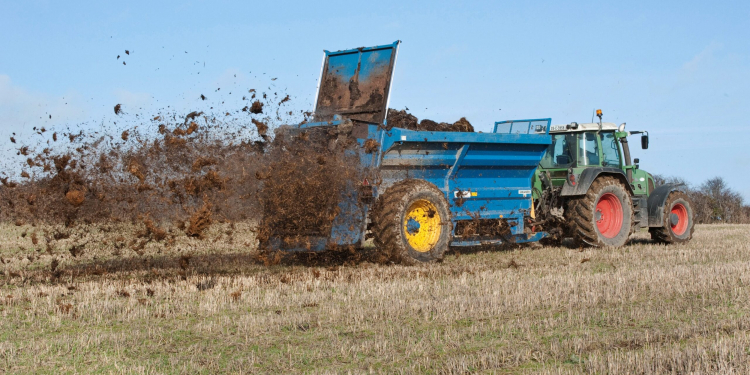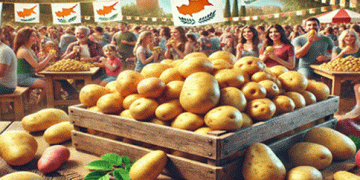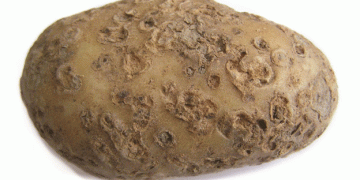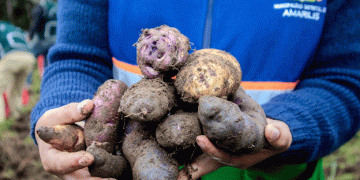Spreading traditional fertilizer causes a lot of loss of nutrients. In addition, the prices of fertilizers are rising due to the high energy costs. Substitutes such as nitrogen from chemical air scrubbers and mineral concentrate are useful alternatives, according to numerous practical tests.
In a series of webinars , the Netherlands Center for the Development of Circular Precision Fertilization (NCOK) and Agrivaknet provide farmers, horticulturists and gardeners with information about the use of fertilizer substitutes.
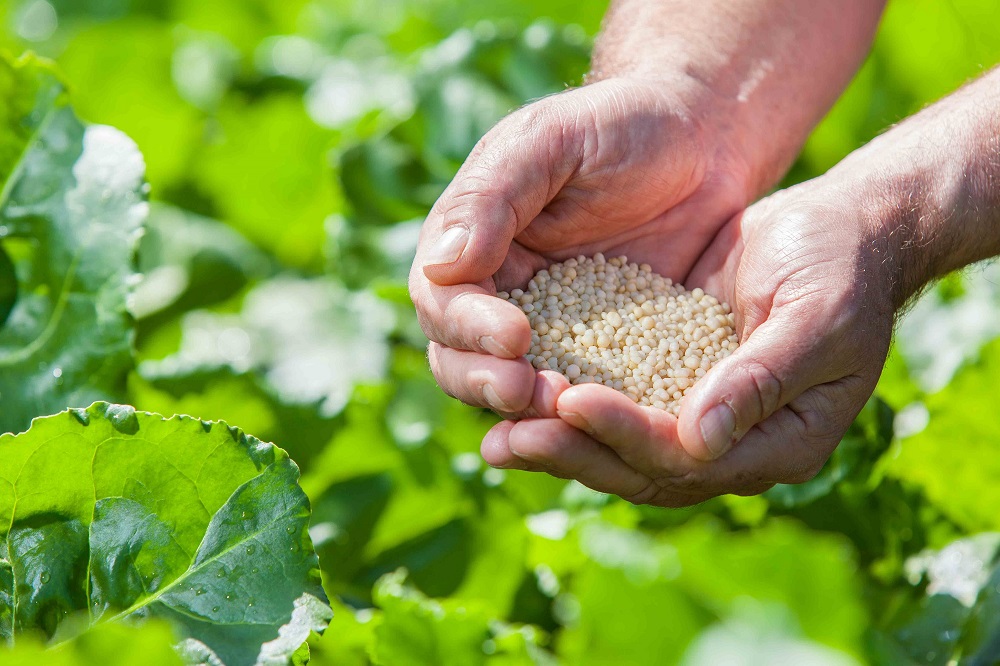
‘We are responding to the coalition agreement, which calls for reducing nitrogen and ammonia emissions and improving soil quality and biodiversity’. Said Noud Janssen, who leads the webinars. ‘With the use of fertilizer substitutes, we can achieve lower emissions of up to forty percent; and improve the revenue model of farmers and horticulturists.’
Renure-N
A temporary exemption now applies to many fertilizer substitutes. It is expected that this will be permitted across the board under the name of Renure-N via the European legislator this year. The term Renure stands for the reuse of nitrogen from manure. This gives farmers and horticulturists more space to place animal manure products. And thus save on the costs of manure processing or the purchase of fertilizer. They can also bring more organic matter to the land, which boosts soil fertility.
Numerous innovations are underway regarding the production of replacement fertilizers. For example, nitrogen can be extracted from the liquid liquid fraction of manure, which is useful on the land. In the stable, the manure and urine are first stored separately. Technological developments also allow the ammonia above the manure to be extracted and converted into a fertilizer. This results in a significant ammonia reduction.
Joint quest
The correct use of new fertilizers not only improves the soil quality, but also improves the quality of the surface water because less nitrate is leached out. In the quest for lower emissions, farmers and horticulturists work together with researchers and consultants and governments.
When it comes to the leaching of nitrates into the surface water, the focus is often on intensive outdoor crops such as open field vegetable cultivation and fruit cultivation. Nitrate losses to the surface water are particularly high on the southern sandy and loess soils.
Precision fertilization
Applying fertilizers in liquid form is part of the solution, says Wim de Hoop of the Knowledge Center for Green Growth in one of the webinars. ‘With precision fertilization and increasing the organic matter content, you kill two birds with one stone. You prevent emissions, but you can also increase soil fertility.’

One of the fertilizer substitutes is drain water, a residual product from the air scrubbers of pig farms. Research agency Delphy has examined the use of fertilizer in fruit cultivation in a three-year study. Drainage water appears to be an equivalent alternative to fertilizer. For example, there are hardly any changes or differences in soil stock, in the nutrient content in leaves or fruit, but also no difference in fruit size or sugar content or in the total yield.
Accountable Fabric Balance
In order to balance the mineral balance on farms, the cabinet is working on establishing the Afaccountable Substances Balance. The Remkes Committee has already argued extensively for this in its advice on the nitrogen problem.
The idea is that farmers and horticulturists can decide for themselves which measures will be taken to further reduce emissions. It would therefore replace the current drug regulations and be comparable to the MINAS legislation that applied until the beginning of this century.
As an example of how the Accountable Substances Balance could function in practice, the government is looking at further elaboration of the Recycling Guide in dairy farming. This is an integrated registration of feed and fertilizer flows on a farm.
Source: Groen Kennisnet
